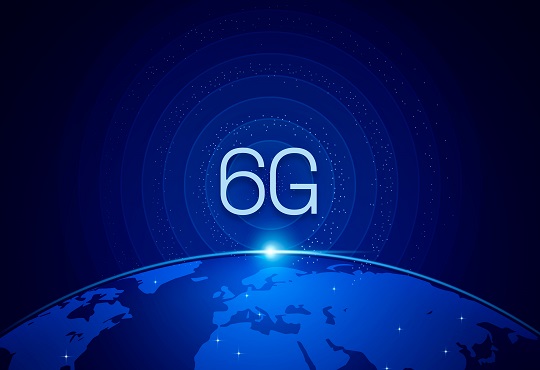Global 6G Market in the Trajectory Phase Exceeding USD 294.7 Billion By 2040
CIOTechOutlook Team | Friday, 15 September 2023, 06:31 IST
 The worldwide 6G market is primed for unprecedented development, with predictions reaching $679.6 billion by 2040, propelled by a 68.6% compound annual growth rate (CAGR). This research provides a complete analysis of the market, beginning with a base year of 2030 and offers insights into predicted revenue, market trends, and difficulties.
The worldwide 6G market is primed for unprecedented development, with predictions reaching $679.6 billion by 2040, propelled by a 68.6% compound annual growth rate (CAGR). This research provides a complete analysis of the market, beginning with a base year of 2030 and offers insights into predicted revenue, market trends, and difficulties.
The analysis goes into the fine intricacies of the worldwide 6G market, assessing trends and forecasting for the years 2031 to 2040. During this time period, revenue predictions are broken down by device, communication infrastructure, end-user, and region.
In the 6G era, we anticipate the seamless convergence of digital and physical realms, ushering in extraordinary sensory experiences. Intelligent information systems, coupled with formidable computational capabilities, will enhance human efficiency and revolutionize lifestyles, work culture, and environmental conservation. A 6G network operates in untapped radio frequencies and utilizes cognitive technologies like AI to offer low-latency, high-speed communication surpassing that of fifth-generation networks, according to Prnewswire.
The growing demand for sophisticated networks is projected to drive the 6G market forward. The increased use of the internet has resulted in an exponential increase in data and information transfer across communication networks. The wide-area capability of 6G is estimated to be at least 20 times that of 5G. Furthermore, the user-experienced data rate for 6G is expected to exceed 1,000 Mbps, which is ten times faster than 5G. This attractiveness has encouraged a number of governments to spend heavily in the advancement of 6G technology.
Several countries are establishing programs and committing significant resources to become leaders in this industry. Furthermore, the necessity for high bandwidth to support the seamless operation of connected devices, together with improvements in 6G technology delivering faster speeds and nationwide coverage, will drive market expansion in the coming years.
























































.jpg)
.jpg)








.jpg)

.jpg)

.jpg)
.jpg)



.jpg)


.jpg)





























.jpg)

.jpg)
.jpg)

.jpg)
.jpg)

































.jpg)

.jpg)



















.jpg)
















.jpg)












































































































